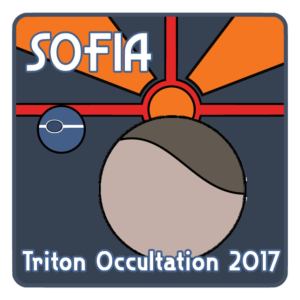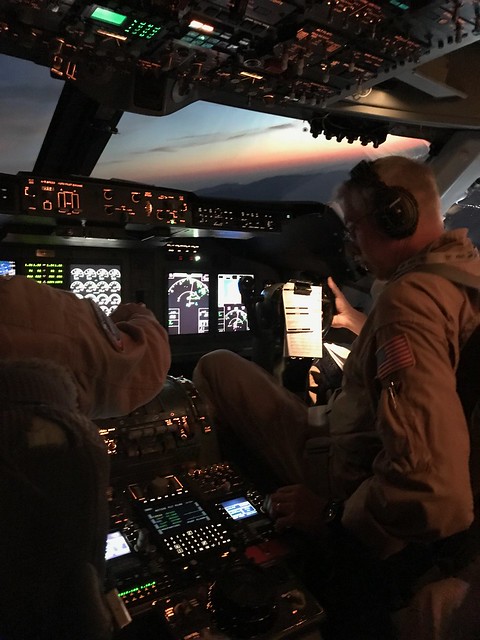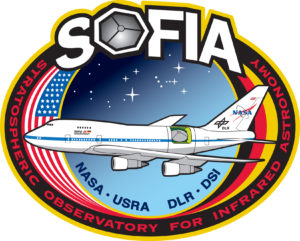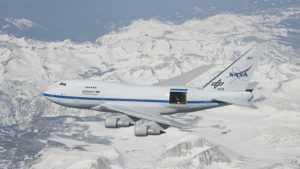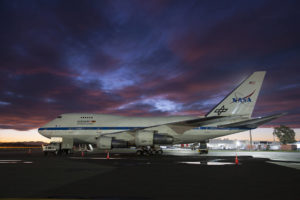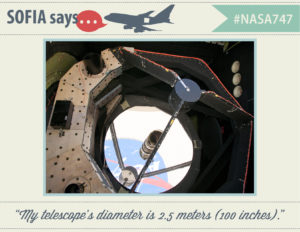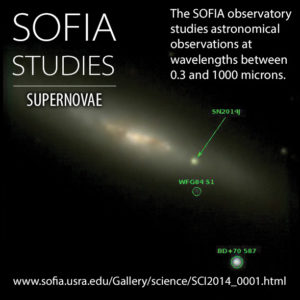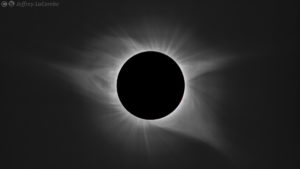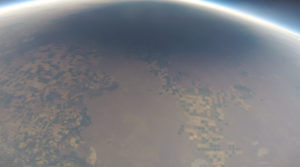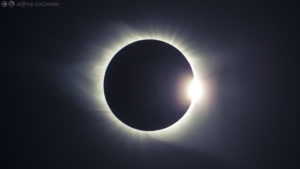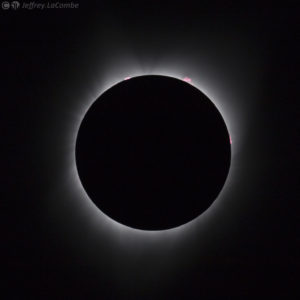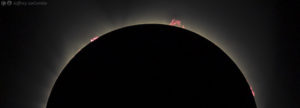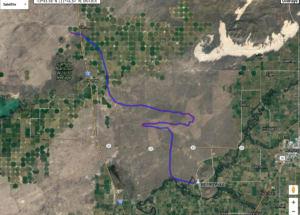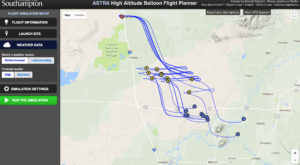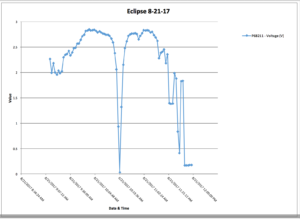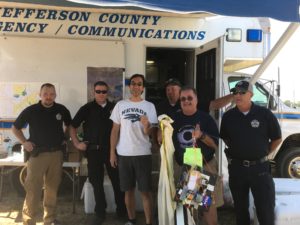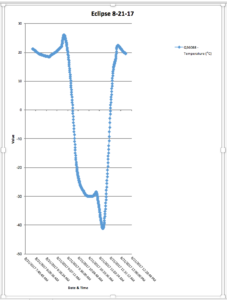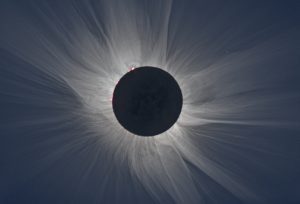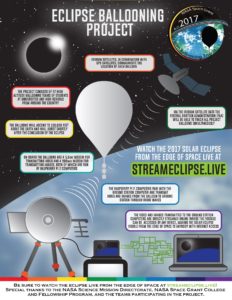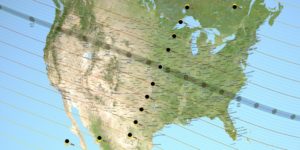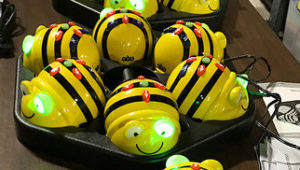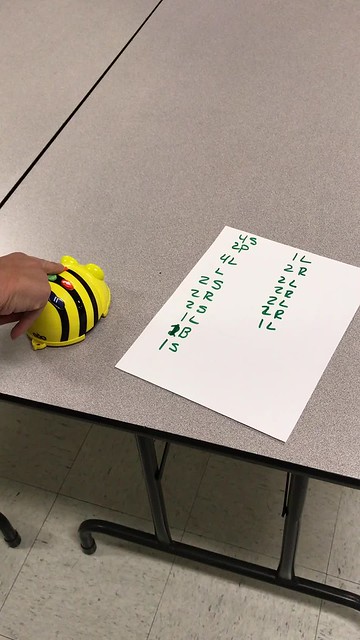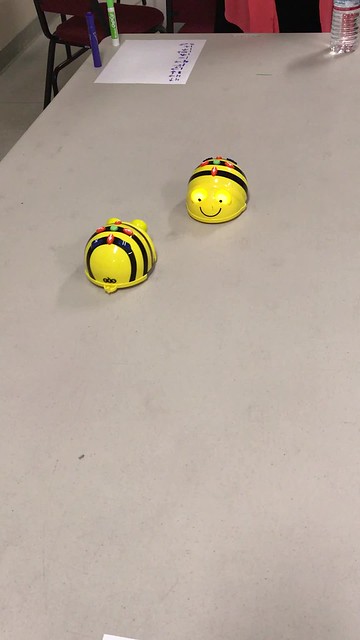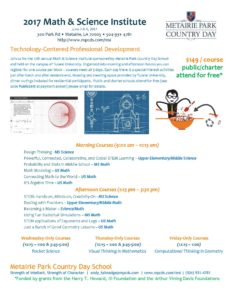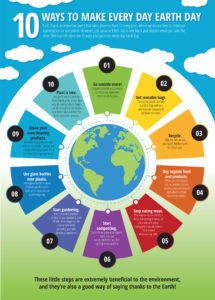I’ve been posting lately about NASA’s SOFIA flying telescope (Stratospheric Observatory For Infrared Astronomy) and its upcoming mission to catch the occultation of Neptune’s moon, Triton. NASA has posted more information about the upcoming event and I’m sharing that here including a link to resources I put together to help others understand more about why scientists are excited about this occurrence.
From NASA:
“On Oct. 5, as Triton passes in front of a faraway star it will block the star’s light in an eclipse-like event called an occultation. During the celestial alignment, the team aboard the specially equipped Boeing 747SP aircraft will make observations of the distant star’s light as it passes through Triton’s atmosphere.
Triton has not passed in front of bright stars for many years, making occultation observations difficult. Now, as Triton passes in front of a bright star, the data collected by SOFIA’s 100-inch (2.5-meter) on board telescope and three powerful instruments will enable researchers to better study and characterize the moon’s atmosphere, including its temperature, pressure and density.”
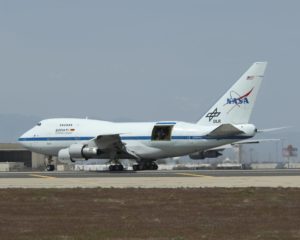
SOFIA is a modified Boeing 747SP. Note the large opening in the side that contains a 2.5 meter (100 inch) wide reflecting telescope.
And:
“Catching Triton’s shadow as it races across Earth’s surface at more than 37,000 mph (17 km/s) while the aircraft is traveling at Mach 0.85 (approximately 652 mph), is no small feat. To ensure that they are in the right place at the right time, researchers have made advanced observations of Triton and the star with multiple telescopes to determine the location of their shadow. From these precise calculations, SOFIA’s flight planners have designed a flight plan that will put the flying observatory in the center of the shadow for approximately two minutes as Triton aligns in front of the star.”
I put together a wiki page of resources that explain the where’s and whys of this event.
SOFIA will have to fly perpendicular through the shadow (so its telescope is pointing at Triton) that is moving at 37,000 MPH while it is flying at over 600 MPH … apparently some math is involved in figuring out just where to be and when to be there to make this work!
Learning is messy!!

